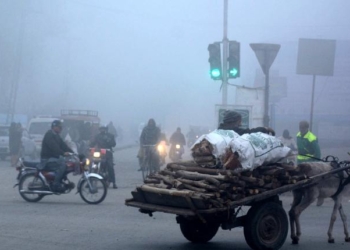Phnom Penh: An 11-year-old boy from Cambodia’s Kampong Speu province died of H5N1 human avian influenza, becoming the fourth human death from the virus so far this year, the country’s Ministry of Health said in a press statement released on Wednesday.
“A laboratory result from the Pasteur Institute of Cambodia showed on May 27, 2025, that the boy was positive for the H5N1 virus,” the statement said.
The ill-fated boy lived in Samraong Tong district’s Srey Sampoung village.
“According to queries, chickens and ducks near the patient’s house had gotten sick and died subsequently a week before the boy fell ill,” the statement said.
Health authorities are looking into the source of the infection and examining any suspected cases or people who have been in contact with the victim in order to prevent an outbreak in the community, it added.
The Southeast Asian country recorded a total of four human cases of H5N1 so far this year, with all deaths, and all patients reportedly had a history of recent exposure to sick or dead poultry prior to their illness, Xinhua news agency reported.
H5N1 influenza is a flu that normally spreads between sick poultry, but can sometimes spread from poultry to humans. Its symptoms include fever, cough, runny nose, and severe respiratory illness.
The Ministry of Health called on people to be extra vigilant and not to eat ill or dead poultry, saying that bird flu still threatens people’s health.
From 2003 to date, there were 76 cases of human infection with H5N1 influenza, including 47 deaths in the kingdom, according to the Ministry of Health.
Since 2022, there have been increasing reports of deadly outbreaks among mammals also caused by influenza A(H5) — including influenza A(H5N1) — viruses. There are likely to be more outbreaks that have not been detected or reported. Both land and sea mammals have been affected, including outbreaks in farmed fur animals, seals, sea lions, and detections in other wild and domestic animals such as foxes, bears, otters, raccoons, cats, dogs, cows, goats and others.
Almost all cases of H5N1 virus infection in people have been associated with close contact with infected live or dead birds, or H5N1-contaminated environments, for example, live bird markets. There have been some instances of spread from infected mammals to humans as well.
(IANS)
















